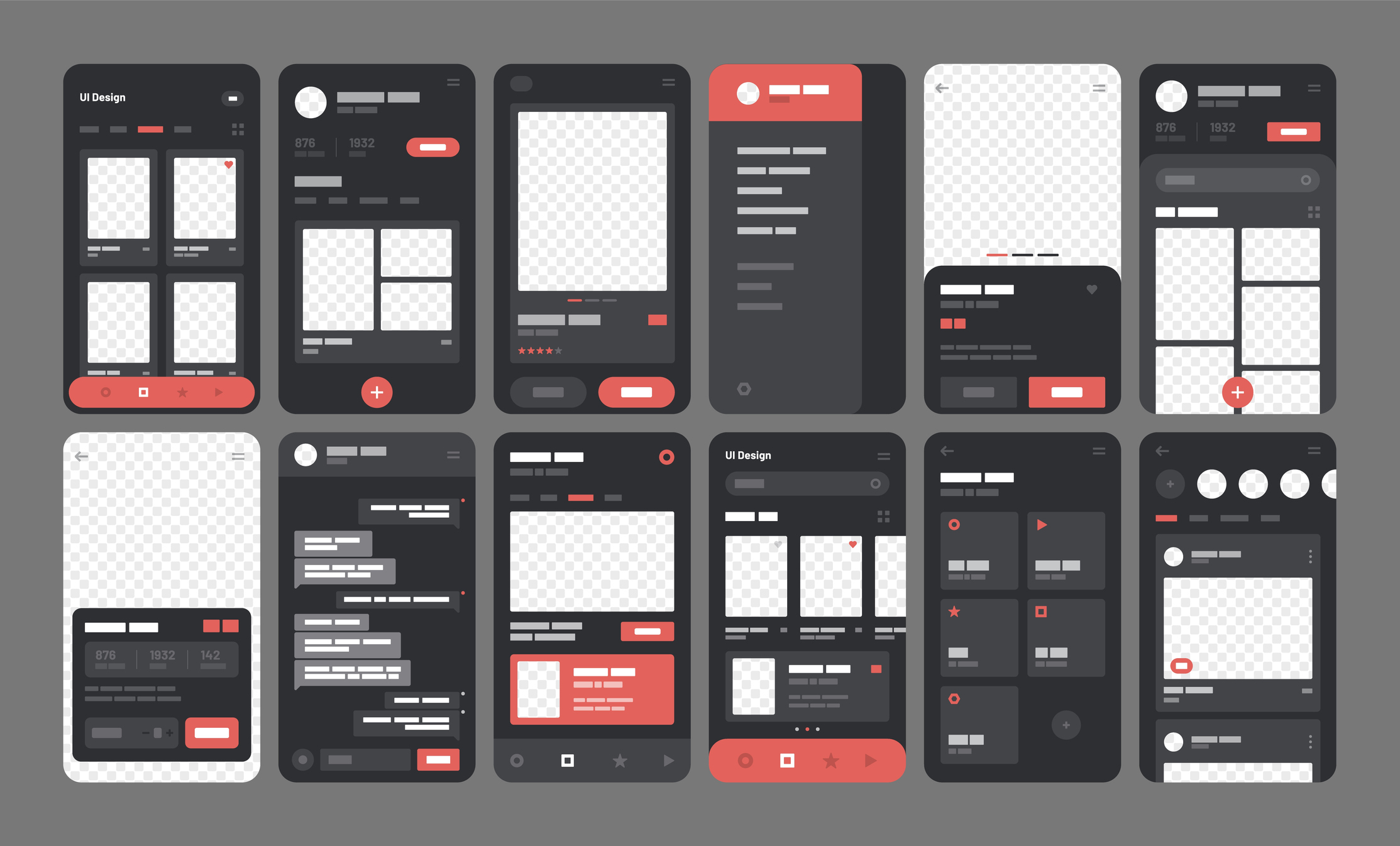Prototyping for Mobile Apps
Before we dive into the mobile app prototyping process, it’s important that you consider three basic questions:
- What is the purpose of the prototype for your mobile app?
- Who are the main users of the finished app?
- Which tool is best for building our mobile app prototype?
The purpose of the prototype will influence the design and elaboration. If we want to test an early concept with test subjects, a low-fidelity prototype may be sufficient. On the other hand, when evaluating the usability of a new feature with actual users, a high-fidelity prototype is more appropriate.
What does accuracy actually mean and why is it important when prototyping mobile apps? Accuracy refers to how closely a prototype resembles the final product. Low fidelity prototypes are basic representations, while high fidelity ones closely reflect the appearance and functionality of the final product.
Accuracy is determined by five dimensions: visual design, scope, depth, interactivity, and data model. With increasing accuracy, our prototype looks more and more like the final product in these dimensions.
Paper prototypes
Low accuracy prototypes deviate greatly from the final product in all five dimensions. As an example, we can use paper prototypes where we draw user interfaces on paper or use a digital tool like Balsamiq.
Low and mid fidelity prototypes
Medium accuracy prototypes have higher accuracy in at least one dimension, often the visual design. Platforms like Figma allow us to create pixel-perfect designs, but interactive elements are limited to some extent.
High Fidelity Prototypes
High fidelity prototypes resemble the final product in both appearance and functionality. We can use tools like Axure or even coding to create prototypes with high accuracy.
The advantages of high accuracy prototypes apply to several use cases. Although all accuracy levels have their strengths, we see exceptional value in high accuracy prototypes.
When prototyping, it’s important to focus on our purpose and not overcomplicate the process. We should clearly define the goal of our prototype, as this will determine which areas require special attention. When we want to test designs, we should prioritize detailed features, while when communicating ideas, we should emphasize elements that effectively illustrate our concepts.
Remember that prototypes are temporary tools and serve a specific purpose. Don’t invest too much time in perfecting designs, as they will eventually become outdated.
Choosing the right tool for prototyping is critical. Although we have mentioned some tools, there are many others that specialize in different levels of accuracy and offer mobile or desktop experiences. Selecting the appropriate tool accelerates the prototyping process and maximizes the benefits. Watch out for new tools on the market, which often offer free trials or accounts with limited features. These possibilities allow us to explore new options and possibly discover a great new tool.
Finally, mobile app prototyping is a crucial step in the design process. By considering our purpose, the users, and the appropriate tools, we can create effective prototypes that facilitate testing, communication, and innovation. Let’s keep our goals in mind, use our time wisely, and choose the right tool for the job. With these principles in mind, we are well equipped as a team to confidently and efficiently prototype mobile apps.




